Of course, whenever I hear of a mother-daughter team accomplishing something, I am all ears. Especially when they’re tackling big stuff like Judi Shils and Erin Schrode are. Mother-daughter team Judi and Erin founded Teens Turning Green in 2005 to educate local teens (and anyone else who would listen) about the harmful ingredients in cosmetics and personal-care items. Turns out, lots of teens were concerned about this issue and their campaign was a huge success. They realized their message was reaching far beyond cosmetics and into many other aspects of eco-responsible lifestyles. Teens Turning Green has an impressive resume: They developed a small collection of body- and skin-care products; launched a school platform to investigate the safety of the food, janitorial, and landscape products being used around children; developed an online toolkit called Project Green Prom to highlight ecological beauty, fashion, décor, and transportation options; and took on back-to-school with Project Green Dorm.

Project participants via teensturninggreen.org
The list is long, but the project that especially caught our eye here at the farm is the organization’s Conscious Kitchen Project, which is dedicated to a complete transformation of our nation’s school-lunch programs.

students via teensturninggreen.org
They launched a pilot program in Marin City, California, in August 2013 at a school in which 95% of the 150 students qualified for free- and reduced-meal programs. This provided a unique and significant demographic, as it was representative of so many underserved school children all around the country who are receiving processed, over-packaged meals that provide little nutrition. Teens Turning Green partnered with Executive Chef Justin Everett of Cavallo Point Lodge and Good Earth Natural Foods and raised enough money to transition this school kitchen from heat-and-serve to one where the head chef and his team cook 300 nutritious meals a day from scratch.

Chef Justin and students via teensturninggreen.org
This elementary school has seen a 70% decline in behavioral issues since the program began, as well as measured increases in attention span, on-time arrival, and overall attendance. And Chef Justin is inspiring some would-be chefs by offering mentoring in his kitchen on Friday nights. I love everything about this project. Nice work, Teens Turning Green!
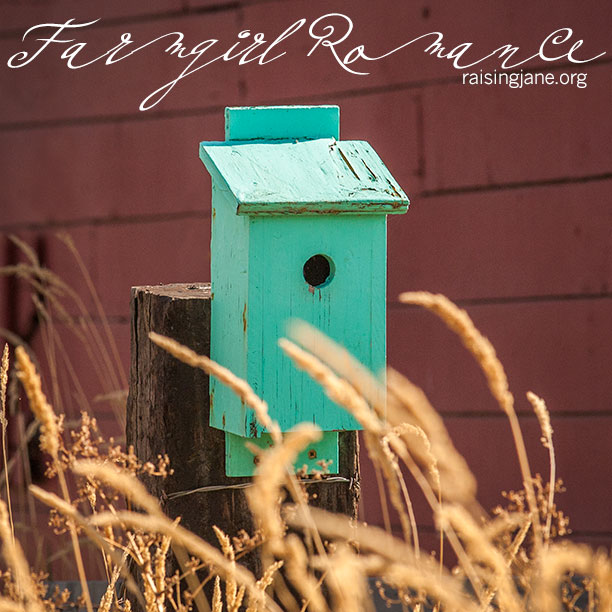





















































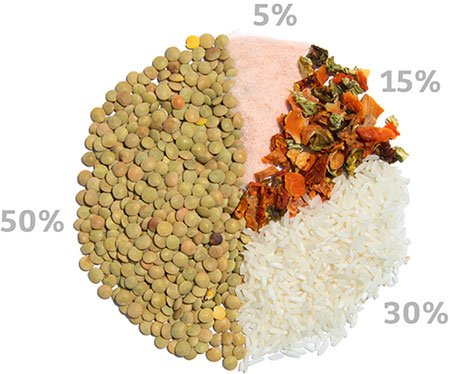
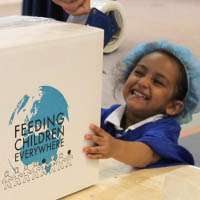

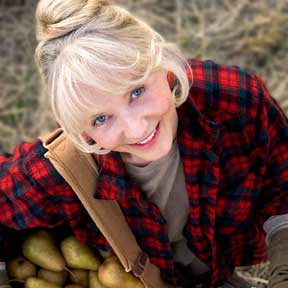
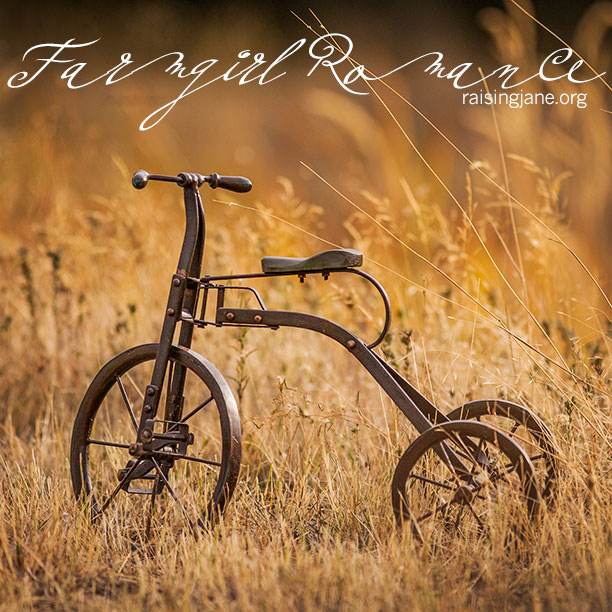

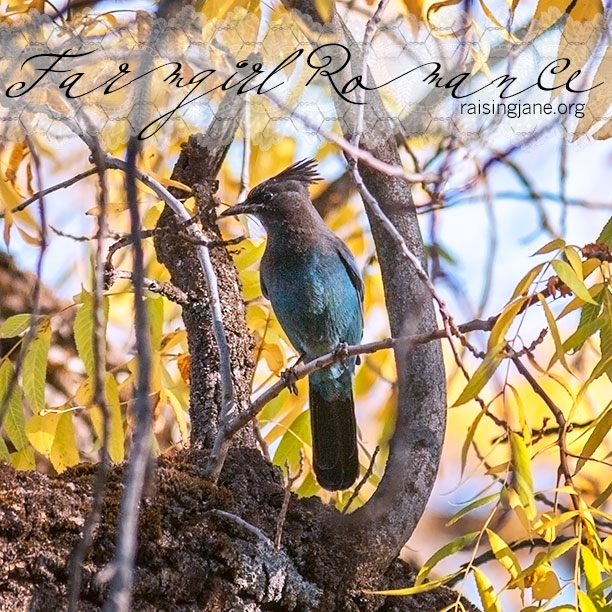







I always wonder where little birds live in the cold weather. Why don’t they just keep living in these cozy houses where they could build nests against the wind and wet weather?
I’ll bet Meg painted that birdhouse. tee hee…since she likes that color so much. It’s pretty. Many of our birds fly away for the winter but some very colorful ones stay too. They look nice in contrast to the snow.